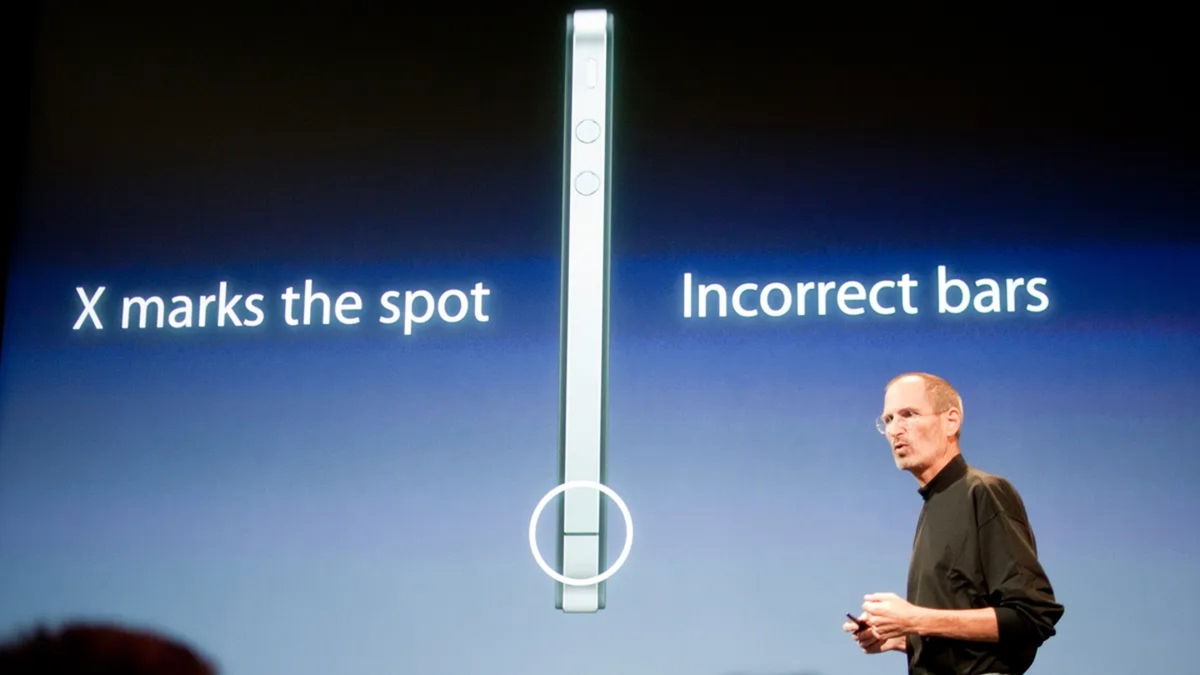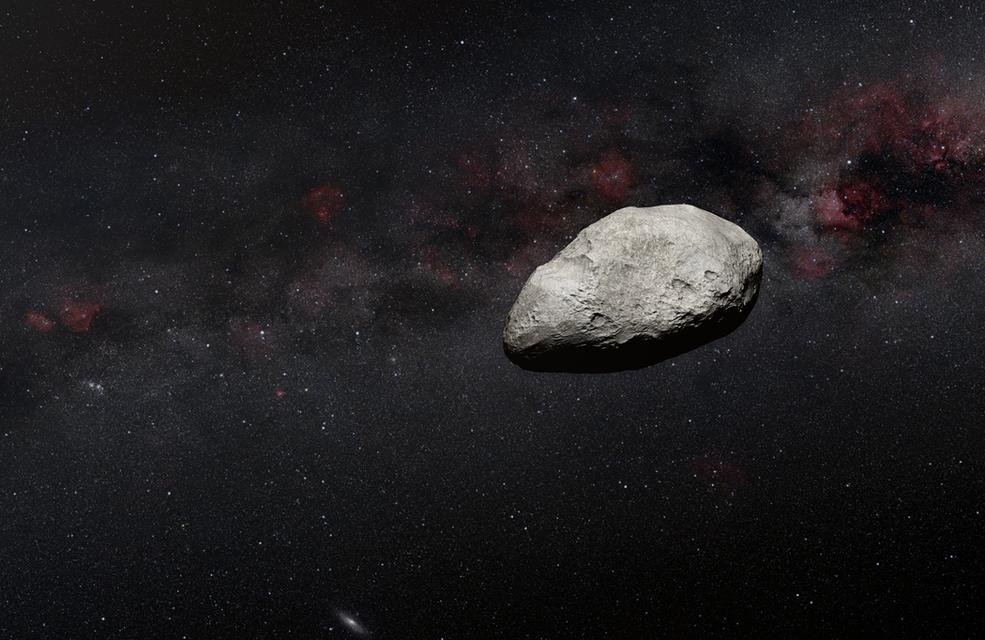Quite unexpectedly, an international team of European astronomers has detected a “small” asteroid the size of the Colosseum in Rome, between 100 and 200 meters in length, making it the smallest object ever observed by the James Webb Space Telescope. The “intruder” was found by chance through the calibration of the Mid-Infrared Instrument (MIRI), a combination of a camera and spectrometer that analyzes infrared light.
While more observations are still needed to better characterize the finding, the celestial body can be considered one of the few objects in the main asteroid belt, which is less than a kilometer between Mars and Jupiter.
MIRI’s infrared measurements are crucial for investigating the physical and thermal properties of individual asteroids and for assessing populations of small objects in the solar system as a whole. However, standard radiometric procedures can only be applied if the trajectory of the object under investigation is known before observation.
How did scientists locate the asteroid without knowing its orbit?
When the researchers made their observations that eventually led to the smallest main belt asteroid, the goal was not to detect any celestial bodies. In fact, they were taking 1998 BC1 calibration images of the asteroid (10920) located between Mars and Jupiter. However, due to technical problems, the observation was unsuccessful.
According to astronomer Thomas Müller of the Max Planck Institute for Extraterrestrial Physics in Germany, Webb’s observations, while “flawed”, were “scientifically useful” for testing a new technique for limiting an object’s orbit and estimating its size. While analyzing the data, the team encountered the small “curious” asteroid.
By using MIRI positions and streams to create STM-ORBIT, an unprecedented observing method, the researchers were able to limit the object’s heliocentric distance and size during observation, even without knowing its true orbit. Müller says the tested and approved procedure will allow many unknown objects to be detected at a distance of more than 100 million kilometers, in this case one within 100 meters.
ARTICLE – Astronomy and Astrophysics – DOI – 10.1051/0004-6361/202245304.
Source: Tec Mundo
I’m Blaine Morgan, an experienced journalist and writer with over 8 years of experience in the tech industry. My expertise lies in writing about technology news and trends, covering everything from cutting-edge gadgets to emerging software developments. I’ve written for several leading publications including Gadget Onus where I am an author.












